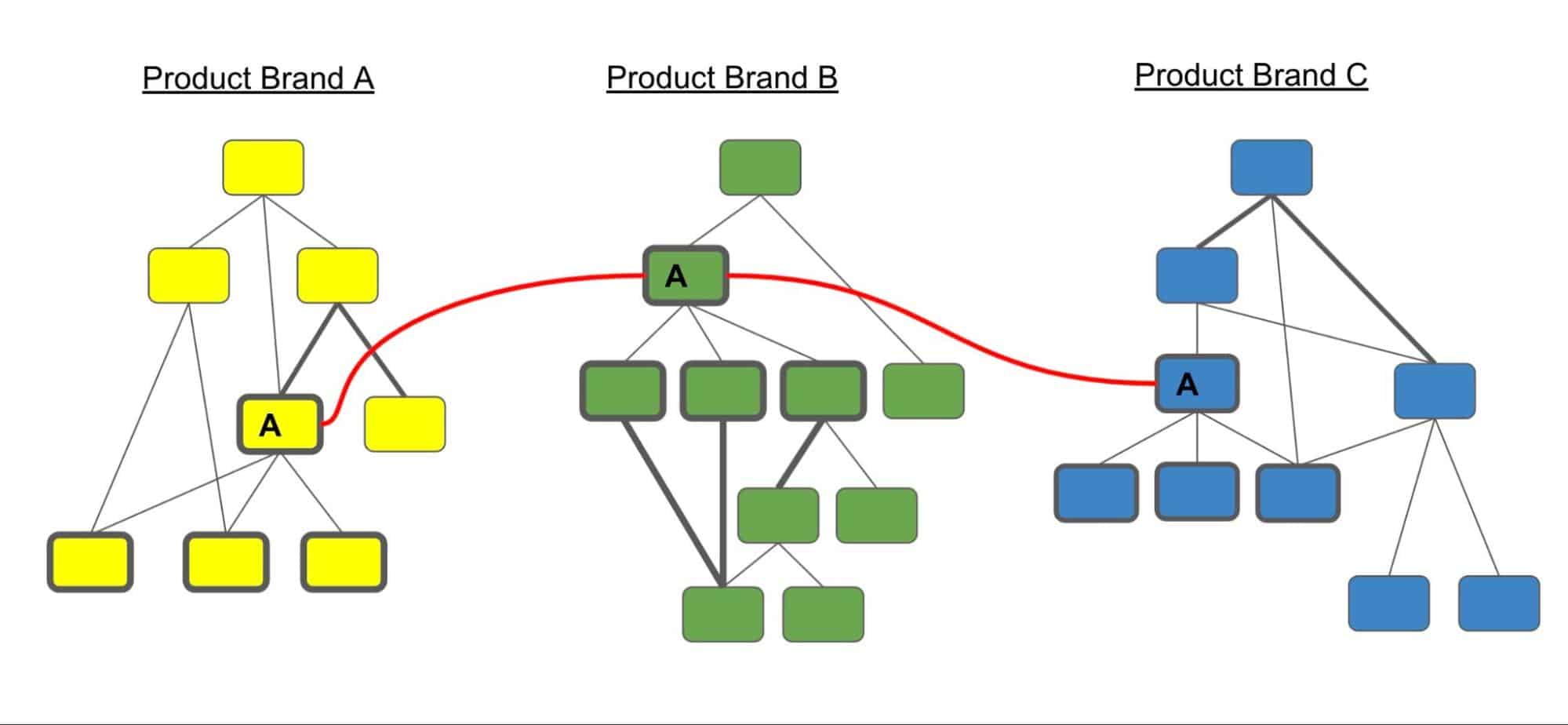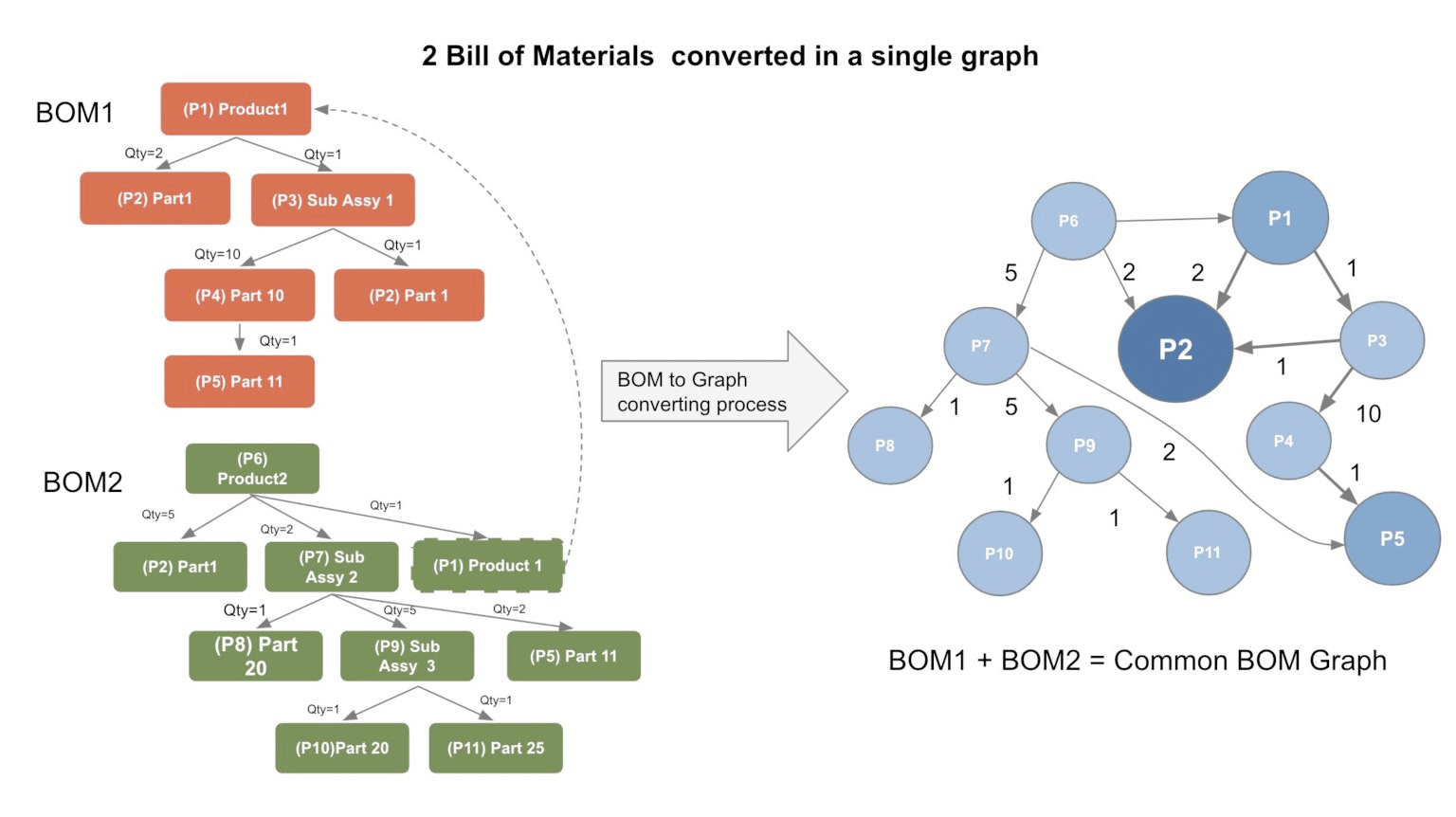
Intelligence is in the air these days. Every company (whether they know it or not) has a goldmine these days, and that goldmine is the data they own and produce every single day.
According to research, the global big data market size will grow from 138.9 billion USD in 2020 to 229.4 billion USD by 2025, at a Compound Annual Growth Rate (CAGR) of 10.6% during the forecast period. Every company out there these days is looking for ways to better use the data they have for better business opportunities.
AI and Data Analytics
Unless you’ve lived under a rock for the last decade, you’ve heard about AI and big data analytics. In a nutshell, it is all about technology that is capable of turning a big set of information into a meaningful insight that can be used for decision making. Usually, it is about examining disparate data sets to identify patterns, trends, correlations, and other information that can support decision-making.
Since everything is “data-driven” these days it comes to no surprise that it all starts with the data. Let’s say, I want to answer the question of supply chain management analytics looking at how to check what will be the impact of the disappearance of one supplier on the product launch or how to optimize the cost of a specific equipment purchased from multiple suppliers, or how to find all parts that have dependencies on a single supplier.
For many organizations, these questions can be very challenging to answer and may require digging many holes to find the answer. The data located in multiple organizations and multiple silos is hard to find, yet when organized and analyzed properly they present some great results.
OpenBOM Graph-Based Analytical Platform
Here is how OpenBOM technology can help you. OpenBOM data management platform includes a set of data management tools that can be used together to acquire and analyze the data. OpenBOM’s graph-centered foundation and multi-tenant data management allow you to bring the data from multiple sources, silos of the organization, branches, divisions, and suppliers together in a single Knowledge Graph.
Think about a company that manufactures multiple product lines in different divisions, or manufactures the same product in different countries, or uses multiple products that use common product modules.
The foundation of the product development and manufacturing business – the design data is located in multiple places and not connected to other pieces of information. The data is there, but at the same time, it cannot be connected easily. The diagram below shows how this can get out of hand quickly without the proper data management tool.

As a data management tool, what OpenBOM does is get this information together and build a single Global BOM Graph with all data inside (thanks to the flexible OpenBOM product information data model).

OpenBOM data technology is unique because it can be used in a variety of applications and settings. For example, for the large Enterprise OEM, OpenBOM’s data model can securely fit data from multiple brands. For a company manufacturing complex equipment with configurations, it can be data from multiple configurations. In an extreme case, OpenBOM can be used anonymously to connect data from multiple companies and perform analytics, giving unique data insights.
Graph Database and Tools
The outcome of these processes can happen naturally by acquiring data from multiple products, branches, and companies. This in the end will create a new entity – Global Product Data Graph, which will include all dependencies and data characteristics.
The resulting knowledge graph has a representation of all products coming from multiple company brands, product suppliers, contractors, and vendors. It is a magical data tool that can help answer many questions.
The dependencies between different parts and assemblies collected from multiple designs and products can be connected and analyzed together, which creates an opportunity to find the answer to all these “what ifs” scenarios. Because the foundation of the data is a graph data model and graph database, it will not only allow you to find all relationships but also run many graph data analytics and methods to get insight from the data about connectivity, similarity, and many others.
Conclusion
The foundation of any AI solution is the data. The better data you have the better solutions you can provide to the customers. In product development, everything starts from product data. This data is largely absent. It is hidden in multiple Excel, databases, and legacy solutions.
OpenBOM is a modern data management and analytics tool capable of connecting data from multiple sources, to prepare graph data models for analysis and run analysis to produce product data-driven insight and intelligence.
Want to discuss how we can help? Contact us and we would be happy to talk.
If you haven’t tried out OpenBOM for yourself click on the link below for your free 14-day trial!
Best, Oleg
Join our newsletter to receive a weekly portion of news, articles, and tips about OpenBOM and our community.









